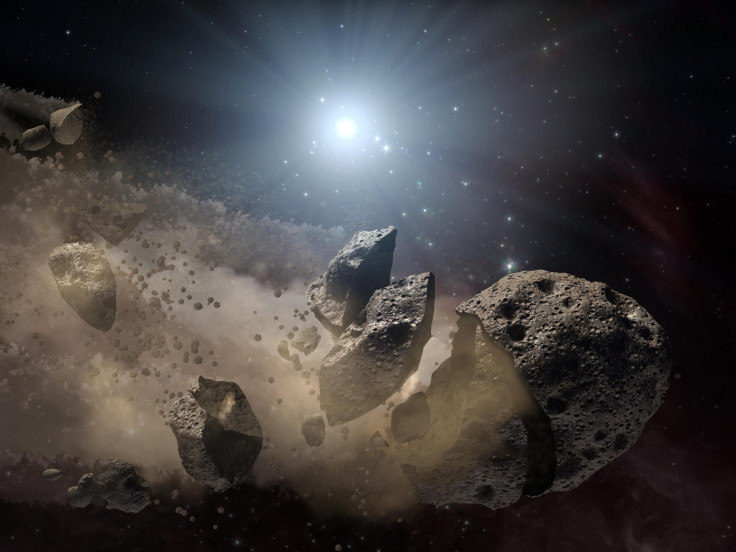NASA, FEMA Prep For Hypothetical Asteroid Impact Event With Emergency Simulation Exercises

Five new objects, on an average, are added each day to NASA’s database of over 15,000 near-Earth objects — comets and asteroids whose orbits bring them close to Earth. It’s only a matter of time before one of these objects makes a beeline for Earth, and when that happens, we would need a plan to ensure our survival — one that does not involve dropping Bruce Willis on the surface of the asteroid to blow it up.
This is the possibility that NASA and the U.S. Federal Emergency Management Agency (FEMA) dealt with during a series of recently concluded simulation exercises in El Segundo, California.
“It is critical to exercise these kinds of low-probability but high-consequence disaster scenarios,” FEMA Administrator Craig Fugate said in a statement released Friday. “By working through our emergency response plans now, we will be better prepared if and when we need to respond to such an event.”
The exercises simulated a possible impact four years from now, on Sept. 20, 2020. In the simulation, the asteroid, which was estimated to be between 300 and 800 feet in size, was found to have a possibility of making impact anywhere along a long swath of Earth, including a narrow band of area that crossed the entire United States.
According to most estimates, if a space rock larger than 25 meters (roughly 82 feet), but smaller than a kilometer, were to hit Earth, it would cause serious local damage in the impact area. For anything larger than 1 or 2 km, global extinction becomes a very real possibility.
In this particular simulation, the probability of impact, which was initially just 2 percent, eventually jumped to 100 percent, and by November 2017, it was simulated that the predicted impact would occur somewhere in a narrow band across Southern California or just off the coast in the Pacific Ocean.
The aim of these exercises was not to stave off the disaster — as the time to impact was too short to undertake a feasible deflection mission — but to work out the steps that would need to be taken in the aftermath of the impact. This included calculating population displacement estimates, gathering information on infrastructure that would be affected, and addressing rumors and false information that would inevitably emerge in the years leading up to the impact.
"It's not a matter of if — but when — we will deal with such a situation," Thomas Zurbuchen, associate administrator for NASA's Science Mission Directorate in Washington, said in the statement. "But unlike any other time in our history, we now have the ability to respond to an impact threat through continued observations, predictions, response planning and mitigation."
© Copyright IBTimes 2024. All rights reserved.





















